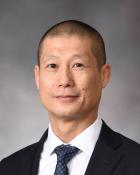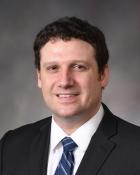Hemangioma and Vascular Malformation Clinic
The UK Hemangioma and Vascular Malformation (HVMF) Clinic comprises experts from a wide range of specialties who work together to provide world-class care for children and adults with these conditions.
As the only clinic of its kind in Kentucky, we treat an array of tumors and malformations across the lifespan, from birth through adulthood.
Our robust team includes highly experienced hematologists, ophthalmologists, otolaryngologists, general surgeons, plastic surgeons, physical therapists and interventional radiologists.
This comprehensive, multidisciplinary approach allows us to deliver targeted care based on our patients’ unique needs.
Conditions treated
Vascular tumors
- Congenital hemangiomas: These are benign capillary tumors that are fully formed at the time of birth. They may disappear within a couple of years or remain for life.
- Infantile (proliferative) hemangiomas: These are commonly called “strawberry hemangiomas” and are benign vascular tumors that typically disappear by age 10 without treatment. Some of these hemangiomas may be considered “complex,” meaning they interfere with the function or development of vital structures and may require treatment.
- Other vascular tumors: Kaposiform hemangioendotheliomas and tufted angiomas are more aggressive non-malignant tumors that impact blood vessels. They often must be treated upon diagnosis.
Vascular malformations
- Arteriovenous malformations: These anomalies occur when arteries connected directly to veins without a capillary network in between disrupt normal oxygen delivery to tissues.
- Capillary malformations: These include birthmarks most commonly seen on the back of the neck, the eyelids and/or forehead. These are commonly referred to as angel kisses or stork bites. These pale pink vascular lesions are the result of partially dilated capillary walls and rarely require intervention.
- Lymphatic malformations: These occur when the lymphatic channels, through which lymph is collected, are either clustered or twisted to the point that fluid collects and forms cysts. This results in a swelling of the affected area. Lymphatic malformations are commonly seen in the neck and armpit but can involve any area of the body. A complex grouping of abnormal lymphatic vessels is called a lymphangioma.
- Venular malformations: These small vessel malformations are often called port wine birthmarks. They are flat, sharply defined purple stains of the skin, darker in color than capillary malformations. Venular malformations are most commonly seen on the head and neck but can be anywhere and in more than one place. Over time, the vessels often grow and thicken, causing the color to darken and the skin to have a lumpy appearance. These changes vary greatly and may not be visible until age 60.
- Combined vascular malformations: These involve two or more types of vessel abnormalities. Capillary, venous, lymphatic or arteriovenous lesions may be combined to create combined vascular malformations. These typically occur on the limbs but can involve any part of the body and are often accompanied by overgrowth of soft tissues and bones.
- Syndromes associated with vascular malformations:
- Blue rubber bleb nevus syndrome
- Congenital lipomatous overgrowth, vascular anomalies, epidermal nevi and skeletal anomalies (CLOVES)
- Hereditary hemorrhagic telangiectasia (Osler-Weber-Rendu syndrome)
- Klippel-Trenaunay syndrome
- Sturge Weber syndrome
- PIK3CA mutation and related overgrowth syndromes (PROS)
Treatments
Many hemangiomas do not require treatment.
However, medical intervention is recommended for hemangiomas that show signs of rapid growth and result in compromise of the skin surface, causing it to peel, crack or bleed.
Treatment may also be required for hemangiomas that interfere with normal development and vital functions, especially when around the eyes, mouth, nose, ears and airways.
We will tailor therapies based on the location, size and complexity of the hemangioma.
Treatments can include:
- Medication: oral and/or topical (for small, flat hemangiomas)
- Laser therapy (for recurrently bleeding hemangiomas)
- Surgery (rarely and often reserved for residual tissue abnormalities)
Vascular malformations require treatment specific to their vessel type. Most interventions focus on supportive care, including:
- Compression garments
- Hydrotherapy
- Massage
- Medications
- Sclerotherapy
- Surgery
Referrals
To make an outside referral, please send patient demographics and clinical documentation via fax to 859-257-8978.
To make an internal referral, place an order in EpicCare Link to Pediatric Hematology and Dr. Sherry Bayliff.
Our team
The HVMF Clinic core team includes:

Sherry Bayliff, MD
Medical Director
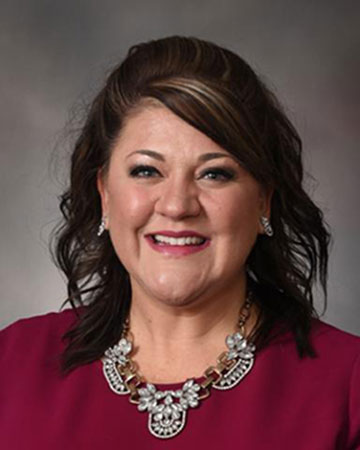
Andrea Haggard, APRN
Nurse Practitioner
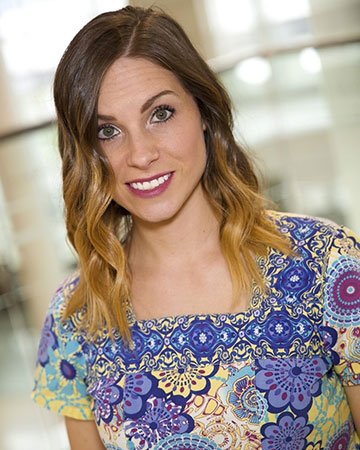
Crystal Aukerman, RN, BSN
Nurse Navigator
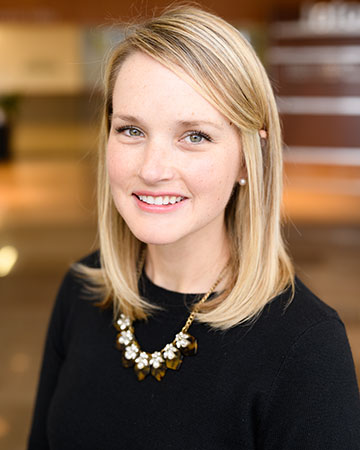
Lindsay Villalobos, PharmD, BCPPS
Clinical Pharmacist
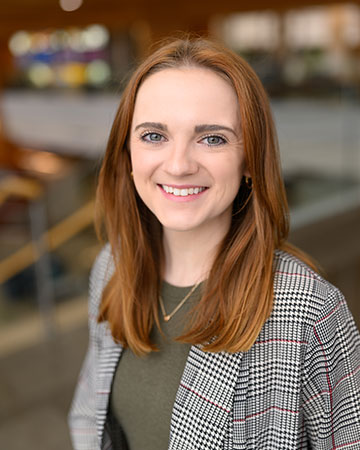
Meridith Mincy, LCSW
Social Worker
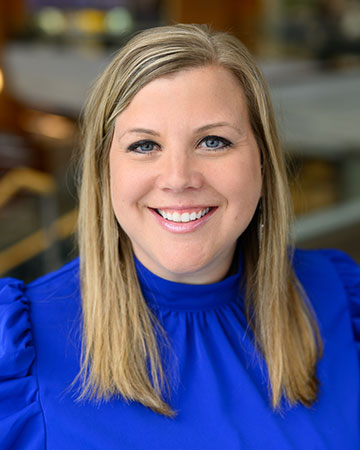
Courtney Emery, Med, NBCT
School Intervention Specialist
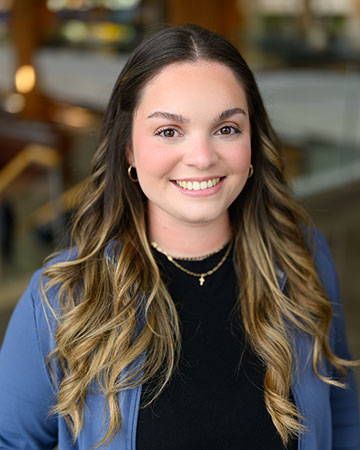
Cat Cabrera
Patient Service Coordinator
Learn more about the members of our extended multidisciplinary team by reviewing the profiles below.










